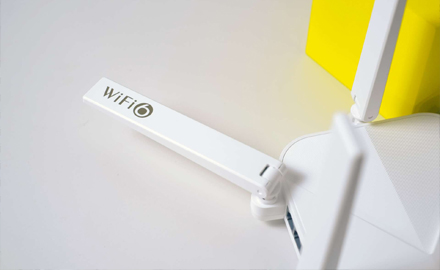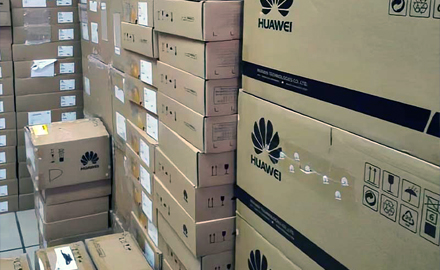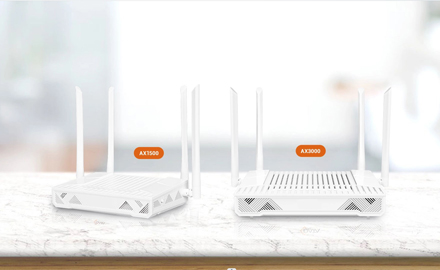An Outdoor Optical Line Terminal (OLT) is a key component in fiber-optic communication networks, particularly in Fiber-to-the-Home (FTTH) or Fiber-to-the-Building (FTTB) deployments. Installing an outdoor OLT involves several steps and considerations to ensure proper functionality and durability. Here's a guide to its application and installation:
Application of Outdoor OLT:
1. Expansion of Fiber Networks: Outdoor OLTs are deployed to expand the reach of fiber-optic networks, particularly in areas where installing indoor equipment is impractical or cost-prohibitive. They serve as the central point for aggregating and distributing optical signals to multiple subscribers.
2. Rural and Remote Areas: In rural or remote areas, outdoor OLTs are often used to provide high-speed internet access to underserved communities. By installing OLTs in outdoor cabinets or enclosures, service providers can deliver broadband services to areas where traditional copper-based infrastructure may be inadequate.
3. Industrial and Commercial Applications: Outdoor OLTs are also deployed in industrial parks, commercial complexes, and large-scale enterprises to support high-bandwidth applications such as video surveillance, industrial automation, and cloud-based services.
4. Mobile Backhaul: In mobile networks, outdoor OLTs are utilized for mobile backhaul, enabling the transmission of data between base stations and the core network over fiber-optic links. Outdoor OLTs play a crucial role in ensuring high-speed and reliable connectivity for mobile subscribers.
Installation of Outdoor OLT:
1. Site Selection: Choose an appropriate location for installing the outdoor OLT equipment. Consider factors such as accessibility, environmental conditions, security, and proximity to fiber distribution points.
2. Outdoor Enclosure: Select a weatherproof outdoor enclosure or cabinet to house the OLT equipment. The enclosure should provide protection against moisture, dust, extreme temperatures, and vandalism. Ensure that it meets industry standards for outdoor installations.
3. Power Supply: Ensure that the outdoor OLT equipment is supplied with stable and reliable power. This may involve connecting to a local power source or installing backup power solutions such as batteries or generators to ensure uninterrupted operation.
4. Fiber Optic Connectivity: Install fiber optic cables to connect the outdoor OLT to the fiber distribution network. Proper cable management techniques should be employed to minimize signal loss and maintain cable integrity.
5. Grounding and Lightning Protection: Implement proper grounding and lightning protection measures to safeguard the outdoor OLT equipment against electrical surges and lightning strikes. Grounding rods, surge protectors, and lightning arrestors may be installed as part of the grounding system.
6. Cooling and Ventilation: Ensure adequate cooling and ventilation for the outdoor enclosure to prevent overheating of the OLT equipment. Ventilation fans, air vents, or passive cooling methods may be employed to dissipate heat effectively.
7. Network Configuration and Testing: Configure the outdoor OLT equipment according to the network specifications and requirements. Perform comprehensive testing to verify proper functionality, signal quality, and network performance before commissioning the system.
8. Security Measures: Implement security measures such as locks, access control systems, and surveillance cameras to protect the outdoor OLT equipment from unauthorized access and tampering.
9. Documentation and Maintenance: Maintain detailed documentation of the outdoor OLT installation, including equipment specifications, network diagrams, and maintenance records. Establish a regular maintenance schedule to inspect, clean, and troubleshoot the equipment as needed.
By following these steps, the outdoor OLT can be successfully installed and integrated into the fiber-optic network infrastructure, enabling the delivery of high-speed internet services to subscribers in various environments.



 The Difference Between AX1800 ONU and AX3000 ONU
The Difference Between AX1800 ONU and AX3000 ONU
 How are Huawei OLTs Classified?
How are Huawei OLTs Classified?
 The Future Trend of Optical Line Terminals (OLTs)
The Future Trend of Optical Line Terminals (OLTs)
 The Difference Between ONU and ONT
The Difference Between ONU and ONT